Welcome to the first project in our newest series: Explore Modern Artists. Today we’ll take a look at one of my favorite American Artists, Edward Hopper, with a preschool-friendly painting technique.
The Q-tip painting technique that we used could be applied to the work of just about any 2-D artist, so definitely take this as inspiration and run with it in another direction if that works better for you. If you’d like to connect the technique with the artist, take a look at the work of Georges Seurat, who painted with dots of paint.
I thought we would begin with Edward Hopper because it’s been warm and sunny around here and my kids and I have been looking at some of his paintings as we talk about an upcoming visit to Cape Cod, which is where Hopper had a home and studio. Edward Hopper’s iconic seashore paintings masterfully capture light and evoke a sense of calm, while transporting us to the Eastern Seaboard.
My children are preschoolers and I wanted to make this a project that would be fun for them while encouraging them to look closely at Hopper’s work. This technique has little to do with Hopper’s work, but it got my kids talking about what they saw in his pictures while inventing their own patterns of color.
Materials:
-
- Non-toxic Tempera Paint (assorted colors)
- Q-Tips
- Tray or plate to squeeze paint onto
- Photocopies of Hopper’s art. Do an Edward Hopper Google Image Search (as we did) or source images from a book.
- Information about Edward Hopper. Books from the Getting to Know the World’s Greatest Artists series are helpful entry points for young children, or do an Edward Hopper Google search as we did. Edwardhopper.net has the most comprehensive description of the artist and his work that I could find.
Set-up:
The project itself is easy to set up and children will enjoy learning about an artist while layering paint on top of his images. Give yourself 20+ minutes for set-up, the activity, and then clean-up.
When we paint, I cover our table with a plastic tablecloth. Each child had a paint palette filled with dollops of tempera paint, and a big cup of Q-tips, which we used as brushes. You could use brushes instead, but they thought the Q-tips were fun.
We selected a few paintings that we enjoyed. I’m adding links to the images in case you’d like to use these too.
- The Lighthouse at Two Lights, 1929
- High Noon, 1949
- Ground Swell, 1939
- Lee Shore, 1941
Before the painting began, 4-year old N and I talked a little bit about Edward Hopper while looking at some of his art. I gave her an age-appropriate synopsis of his life and then we talked about what we saw happening in his paintings. This bit was under 5-minutes because she was excited to paint. Fair enough.
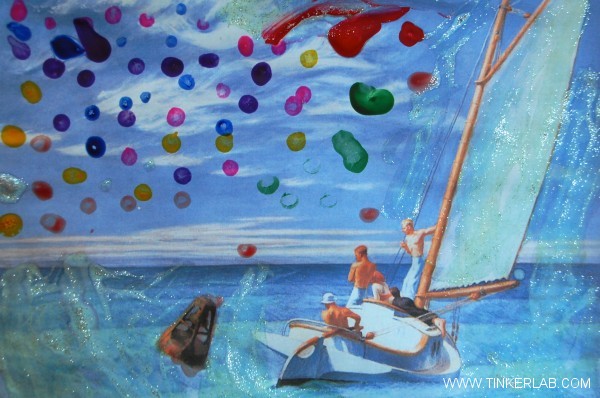
More on Art Looking
I’m a huge fan of an in-school program called Visual Thinking Strategies (VTS), which helps children build visual literacy and critical thinking skills through the process of looking closely at a work of art. A facilitator sits in front of a group of children and leads an interactive discussion about one work of art. I’ve led many of these discussions myself, and the energy around these conversations is palpable. To see VTS in action, there a some great videos on the Visual Thinking Strategies website.

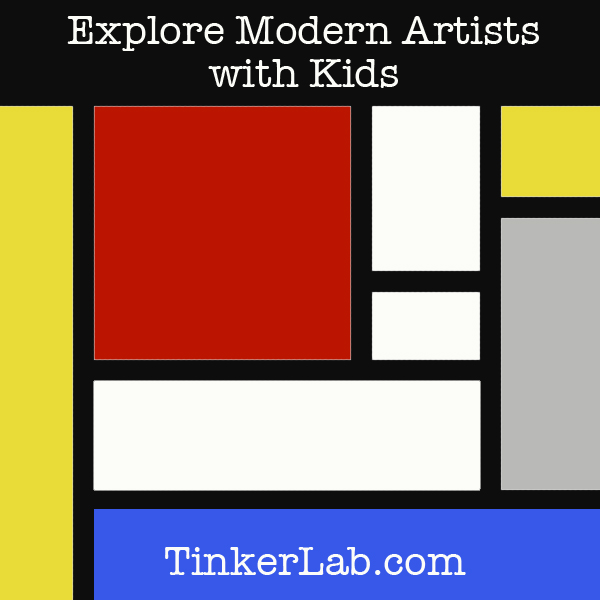
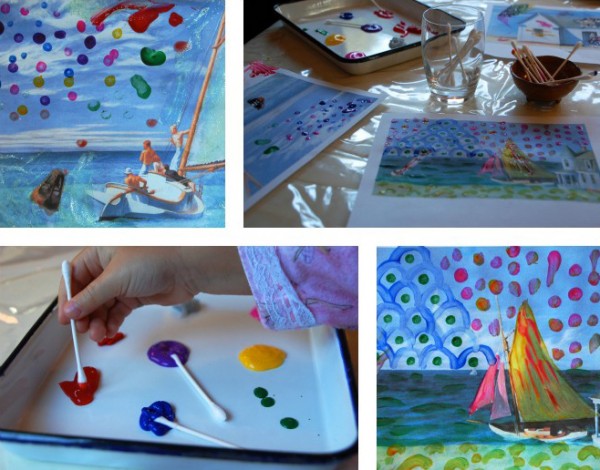
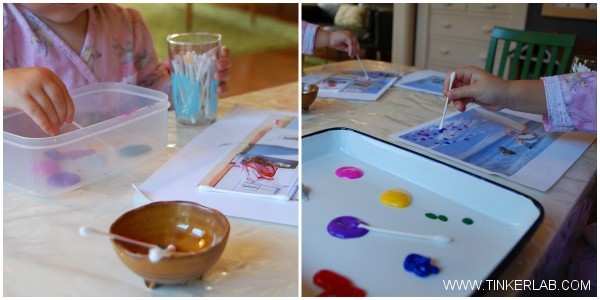
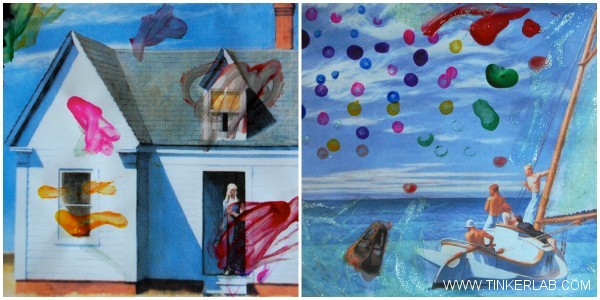
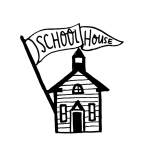
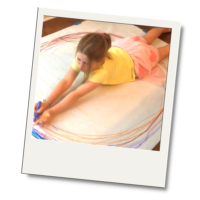
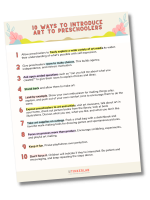
You know, this is a really cool approach. I love that they painted over prints of the artwork. I need to definitely go look up more on VTS- I’ve done a little of that at my daughter’s school based on the art parent program, but I’ve kind of just winged it as I went along…. still fun to get the kids talking about art!
VTS changed the way that I talk with children about art, and it’s helped me become a better listener and more active communicator in all aspects of my life. I love it.
how cool, I love how you used the art in your project.
Thanks so much 🙂 I think it helped my 4-year old connect more deeply to the art.
Ooh I love the idea of painting over the original piece of art – it is most definitely one great way to look at it for a prolonged period and notice new details, whilst creating your own piece of art. Fabulous.
Thank you so much for co-hosting and joining in with Kids Get Arty! 🙂
Maggy
Exactly, Maggy! It’s the first time I’ve approached art-making this way, and I think it was pretty successful. I’ll have to test this again with other art works and techniques. I love Kids Get Arty!
I really love this idea, it is simple and has so much potential for kids of all ages. The Q-tips look fun too. VTS sounds intriguing.
Thanks Ali — I’d be interested in seeing how this approach plays out differently with other children. VTS is really awesome, and I should probably write a whole post on it. Hmmm.
Welcome to a new Linky Party for Kid-Focused Bloggers. Monday Kid Corner is a place to share your kid-friendly activities and crafts. Please join us at http://www.mondaykidcorner.blogspot.com. See you there!
Please admit to your email list- thank you!!